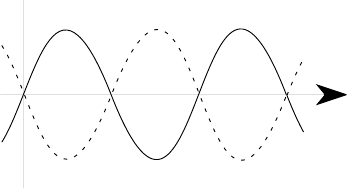
139
A
In response to these problems, Sennheiser has developed an active noise compensation
system – NoiseGard™ – which, combined with a high-quality passive hearing protector,
provides consistent noise attenuation over the entire audio range. The overall noise level
is reduced so that the radio volume can be turned down but enough noise still remains
for the pilot to safely monitor the aircraft engines.
NoiseGard™ active noise compensation is achieved by generating a signal identical in
sound pressure level but exactly reversed in phase to the noise signal, the effect being that
the out-of-phase signal cancels most of the noise signal.
Active noise compensation is accomplished in the following manner: Each earcup includes
a microphone, a feedback control circuit, and a transducer to reproduce both the
communication and the noise cancelling signal. The feedback control microphones sense
the total sound pressure within each earcup resulting from both the desired radio signal
from the receiver and the undesired noise that has come through the earcup. The
microphone signal is amplified and the radio signal is subtracted from it. The remaining
signal (noise) is then filtered and inverted and the radio signal is added back in. Eventually,
the entire signal is amplified and fed back to the transducer in each earcup. Since the noise
component of the signal is inverted, it cancels the noise signal coming through the earcup.
The radio signal remains unaffected, as it was not processed through the cancellation
circuits.


















